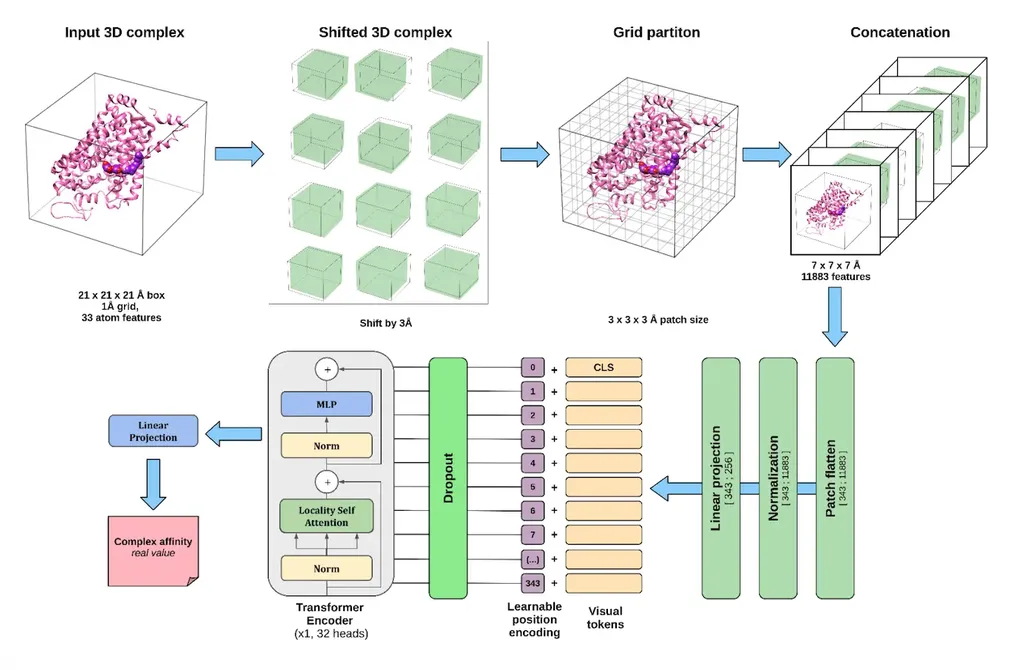In the heart of China’s industrial powerhouse, Shenyang, researchers are revolutionizing how we keep the lights on. Yujie Zhang, a scientist at Northeastern University’s School of Information Science and Engineering, is leading a charge to make power transformers—crucial components of our electrical grids—more reliable and easier to diagnose when they fail.
Transformers are the unsung heroes of the energy sector, silently stepping up or down voltage to keep power flowing from generation to consumption. But when they fail, the results can be catastrophic, leading to blackouts and costly repairs. That’s where Zhang’s work comes in. He and his team have developed a new method for diagnosing transformer faults that could significantly improve the safety and stability of power grids worldwide.
Traditional methods of transformer fault diagnosis often rely on complex classification algorithms. These models can struggle when data is scarce, leading to poor generalization and inaccurate diagnoses. Zhang’s approach, published in the Chinese Society for Electrical Engineering Journal of Power and Energy Systems, takes a different tack. By using clustering algorithms and incorporating a wider range of dissolved gas features, his method can better handle limited data and provide more accurate diagnoses.
“The key innovation here is the use of multiple clustering spaces,” Zhang explains. “By considering different clustering spaces for different fault types, we can expand the data distribution difference between them. This makes it easier to identify and diagnose faults accurately.”
But Zhang didn’t stop at just improving the clustering method. He also employed a genetic algorithm to optimize the clustering spaces, further enhancing the diagnostic accuracy. The results, verified on multiple datasets, show a significant improvement in fault diagnosis, with a marked reduction in invalid clustering.
So, what does this mean for the energy sector? For starters, it could lead to more reliable power grids. By accurately diagnosing faults in transformers, utilities can perform targeted maintenance, reducing the risk of unexpected outages. This could save energy companies millions in repair costs and lost revenue, while also improving service reliability for customers.
Moreover, Zhang’s method could pave the way for more advanced predictive maintenance strategies. By continuously monitoring transformers and applying his diagnostic method, utilities could predict and prevent faults before they occur, further enhancing grid stability.
Looking to the future, Zhang’s work could also inspire further innovations in transformer monitoring and diagnosis. As the energy sector continues to evolve, with increasing integration of renewable energy sources and advanced grid technologies, the need for reliable and accurate transformer diagnostics will only grow. Zhang’s method, with its focus on data-driven, intelligent diagnosis, could play a crucial role in meeting this need.
As Zhang puts it, “Our method is not just about diagnosing faults. It’s about using data to build a smarter, more reliable power grid. And that’s something we all stand to benefit from.”
In an era where every kilowatt counts, Zhang’s work is a beacon of innovation, illuminating the path to a more reliable, more efficient energy future. As the energy sector continues to evolve, his insights and discoveries will undoubtedly shape the way we think about transformer diagnosis and grid stability.

